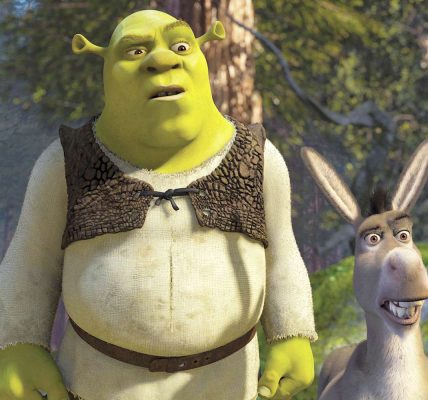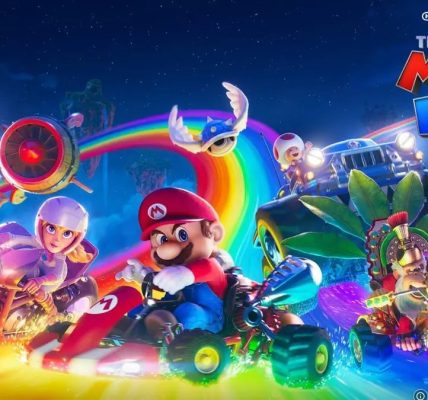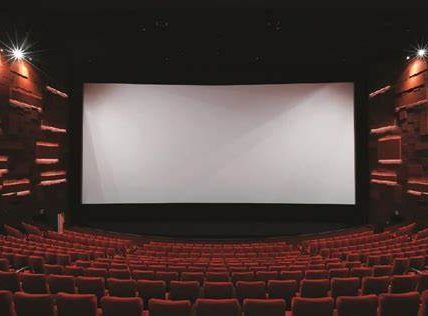Cinematic Convergence: Exploring the Intersection of Technology and Storytelling in Modern Filmmaking
In the realm of modern filmmaking, the convergence of technology and storytelling has ushered in a new era of cinematic artistry. As the digital age continues to transform the way we consume and produce media, filmmakers have harnessed cutting-edge technologies to craft narratives that captivate and immerse audiences like never before. In this article, we will embark on a journey through the fascinating intersection of technology and storytelling in contemporary cinema.
The Evolution of Modern Filmmaking
The history of filmmaking is a testament to human ingenuity. From the Lumière Brothers’ pioneering motion pictures to the advent of color film and the rise of CGI, technology has always played a pivotal role in shaping the cinematic landscape. However, the pace of technological advancement in recent years has been nothing short of revolutionary.
Technological Advancements in Film Production
One of the most significant advancements in modern filmmaking is the transition from traditional film to digital. Digital cameras have made the process of capturing stunning visuals more accessible and cost-effective, allowing filmmakers to experiment with different shots and angles without the constraints of expensive film stock.
Moreover, the use of drones and unmanned aerial vehicles (UAVs) has transformed the way filmmakers capture aerial shots. These versatile tools provide breathtaking perspectives that were once impossible or prohibitively expensive to achieve, expanding the creative possibilities for storytelling.
Immersive Storytelling Through Virtual Reality (VR)
Virtual reality has emerged as a game-changer in the realm of storytelling. Filmmakers can now transport audiences into the heart of the narrative, offering a truly immersive experience. VR headsets enable viewers to step inside the world of the film, interact with characters, and explore their surroundings in a way that traditional cinema simply cannot replicate.
Filmmakers are harnessing the power of VR to create emotionally resonant stories that blur the lines between reality and fiction. This technology has the potential to redefine the cinematic experience, allowing storytellers to engage the audience on a profoundly personal level.
The Role of Artificial Intelligence (AI)
Artificial intelligence is another tool that modern filmmakers are utilizing to enhance storytelling. AI algorithms can analyze vast amounts of data to help filmmakers make informed decisions about everything from casting choices to marketing strategies. Additionally, AI-driven special effects and post-production techniques are pushing the boundaries of visual storytelling.
For instance, AI can be used to de-age actors, seamlessly integrate CGI characters into live-action scenes, and even generate entirely synthetic characters that interact convincingly with human actors. This newfound versatility opens up a world of creative possibilities for filmmakers looking to tell stories that were once thought to be technologically unattainable.
The Fusion of Traditional and Digital Techniques
While technology has undoubtedly revolutionized filmmaking, it’s important to note that the art of storytelling remains at its core. Successful filmmakers understand that technology is a means to an end, a tool to amplify the emotional impact of a story. The most compelling films are those that seamlessly integrate cutting-edge technology with timeless narrative techniques.
Conclusion
The convergence of technology and storytelling in modern filmmaking has propelled the medium to new heights. Digital cameras, drones, virtual reality, and artificial intelligence have expanded the creative horizons of filmmakers, enabling them to craft immersive, emotionally resonant narratives that captivate audiences worldwide.
As we move forward, the cinematic landscape will continue to evolve, and technology will play an ever-expanding role in shaping the stories we tell and how we tell them. The fusion of innovation and narrative artistry promises an exciting future for the film industry, where the possibilities are limited only by the imagination of the storytellers themselves.












